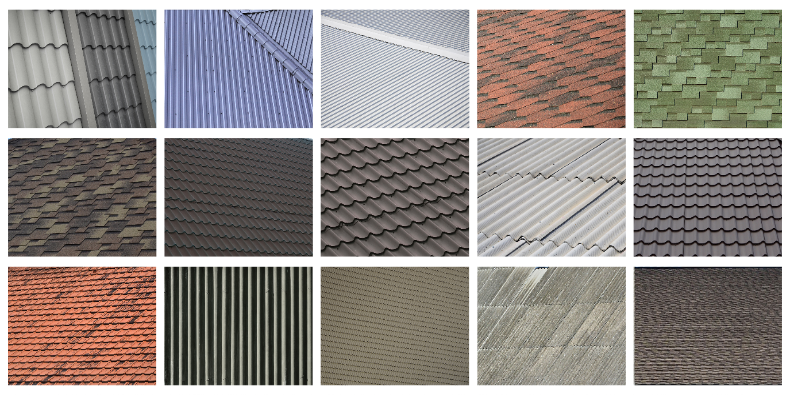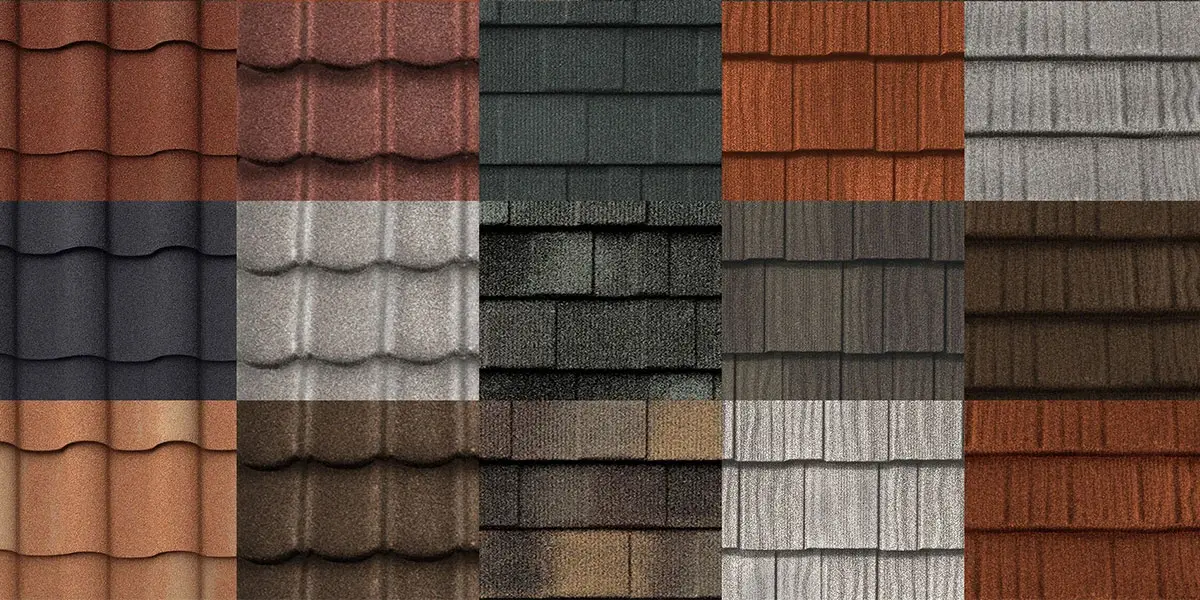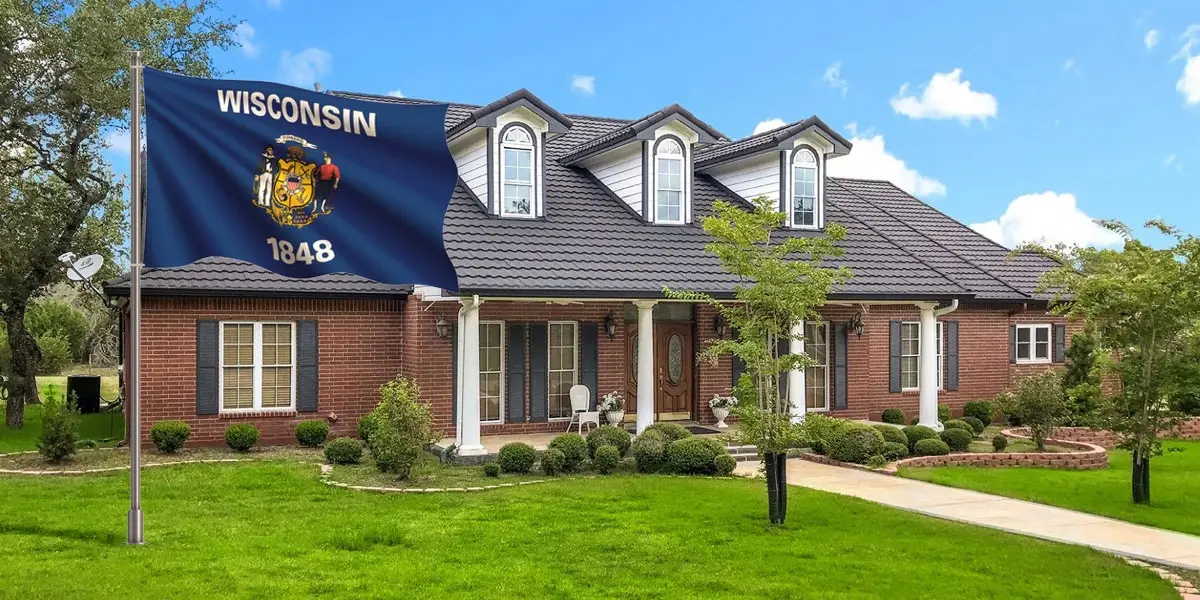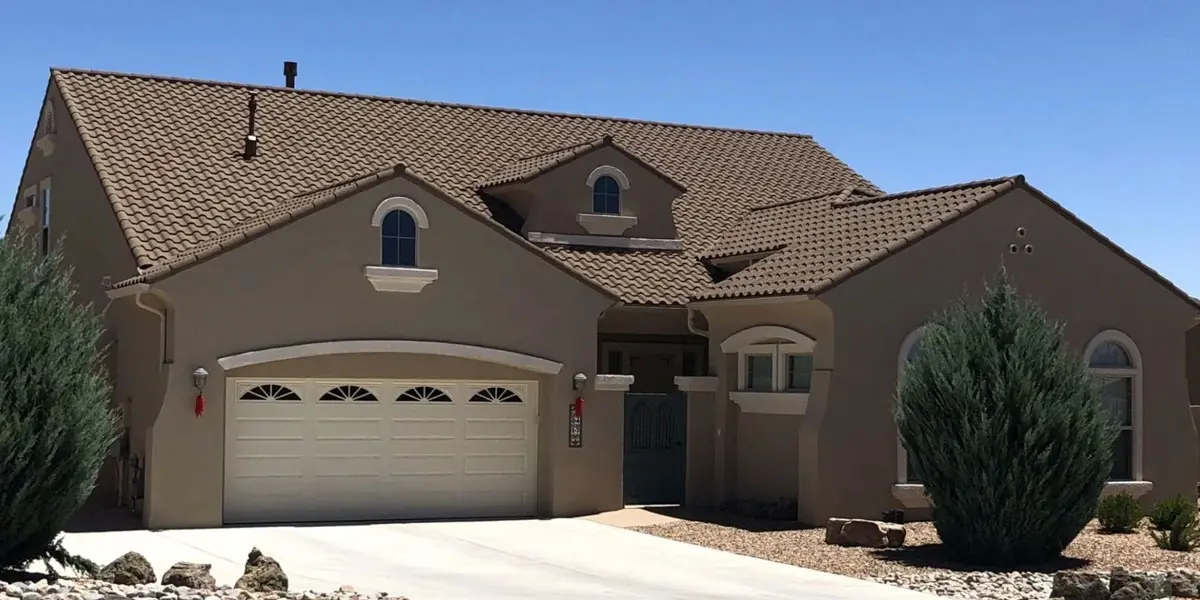National Roofing Contractors Association (NRCA) Chairman Rod Petrick summed up the roofing industry’s concerns about supply chain issues during a recent town hall event. Petrick called 2021 the year of “unprecedented shortages, delays and price increases in the roofing industry.”
NRCA’s town hall event, which featured a panel of six executives from the roofing and construction materials industry, revealed a tone of cautious optimism for 2022:
“The general outlook is for supply to stabilize and slowly improve throughout 2022, but it will remain tight,” said Nick Shears, president of Carlisle Construction Materials.
“In our mind, we feel that this will last through 2022—but truly that’s a guess. It will continue to be a challenging year, but hopefully a little bit more manageable and predictable,” said Joe Smith, president of Johns Manville Roofing Systems.
“Inventories throughout the [2020] supply chain were diminished. Fast forward to 2021, the economy rebounds. Demand picks back up again. The supply chains are stressed. They struggle to get those inventories built back up,” said John Altmeyer, executive chairman of GAF.
As the roofing industry rebounds from what one industry executive called a “perfect storm,” the question on everyone’s mind is: When will we move past these unprecedented disruptions, delays and shortages?
Continue reading below for answers to share with homeowners, plus information on DECRA’s material availability (hint: it’s in stock and ready to ship).
A “Perfect Storm” for the Roofing Industry Supply Chain
While the entire construction industry was affected by supply chain issues, Brian Whelan, executive vice president of Sika North America, noted that the roofing industry, in particular, has been “impacted by the supply challenges more than other segments of the construction industry.”
While COVID exacerbated the pre-existing challenges with labor shortages, the supply chain issues of 2021 were caused by more than just the pandemic. Other contributing factors include port congestion, driver shortages, overstressed infrastructure and extreme weather conditions.
When discussing supply chain issues caused by weather, Jaime Gentoso, president of Firestone Building Products stated, “In the end, the chemical industry is a major supplier for all construction materials, but especially for roofing products. So when you look across all of our products, the main raw materials are all chemicals. Unfortunately, most of those are coming through the Gulf of Mexico.”
Another blow to the roofing industry supply chain was caused by increased global demand for methylene diphenyl diisocyanate (MDI), a raw material used in roofing products for flat and low-slope single membrane roofs. Both of these popular roofing membrane materials have been severely impacted by the MDI shortage, causing inevitable price increases and longer lead times, especially for flat roof membranes such as TPO and EPDM.
So, going back to the question on everyone’s mind: When will we move past these unprecedented disruptions, delays and shortages?
Despite these challenges, roofing manufacturers like DECRA have materials in stock and ready to ship. While roofing contractors should expect some degree of continued market volatility through 2022, there are ways to prepare for the uncertainty–and part of that involves educating homeowners about their available options.
Preparing For Roofing Supply Chain Issues in 2022
Limited or non-existent inventory left roofing contractors empty-handed and frustrated. Many chose to scale down rather than accumulate back orders that would place them in between frustrated customers and struggling manufacturers.
With lead times averaging four to six weeks in 2021, and with the uncertainty of what will happen in 2022, managing customer expectations should be a top priority for roofers.
It will be critical to proactively communicate to customers that their roofing project may be subject to delays and price increases that are simply not under the control of the contractor.
Given that the roofing material market conditions are less than ideal right now, roofing professionals should also prepare to address customers who want to wait for market conditions to improve, especially on projects that are already in progress.
While a reluctant builder or homeowner is waiting for a return to pre-pandemic market conditions that may never repeat, the building envelope is compromised and subject to deteriorating effects including leaks, mold and insect infestation.
In cases such as these, an alternate roofing product may be the only solution to prevent damage to the property.
DECRA’s line of stone-coated metal roofing products is a great option. Not only can it replicate the look of traditional roofing materials your homeowner may be after, but it provides added durability, efficiency, longevity and profitability. Plus, it’s in stock and ready to ship from our facility in Corona, California for homeowners unwilling to wait or looking for alternative materials.
Effects on Roofing Bids and Materials Pricing
Price increases and “material allocations” from distributors became the rule rather than the exception in 2021.
In October 2021, an AGC (Association of General Contractors) analysis reported that material prices in 2021 skyrocketed with nearly 20% pricing spikes across the board.
And the price increases didn’t stop there. Less than two months later, roofers were hit with a 5% to 10% price increase for asphalt shingles and residential roofing accessories.
The Producer Price Index (PPI), a program that measures the average change over time in selling prices, illustrates the swift and severe price increases of 2021. For example, asphalt products and accessories increased in price by as much as 33% from 2018.
The constant price increases of 2021 were a challenge, to say the least. For many roofing contractors, the bidding process felt like a high-risk gamble at times, especially when material prices spiked and quickly outpaced bids.
To avoid paying out-of-pocket to cover material price spikes that exceed the original bid, roofing professionals should expect and properly plan for further price volatility in 2022.
Similar to fuel surcharges, adding a price change clause to roofing contracts can help contractors avoid potential losses. When walking a customer through a price change clause, roofing contractors may want to point out that the home or building owner could benefit should there be a decrease in material prices.
Supply Chain Solutions with DECRA Metal Roofing
DECRA Metal Roofing products are manufactured at our state-of-the-art facility in Corona, California, reducing the supply chain issues that overseas manufacturers are faced with. Our strategically located warehouses are fully stocked and orders are ready to ship.
We are committed to operational excellence, so your roofing projects stay on time and on budget.
Contact us to learn how we can help you get started with DECRA Metal Roofing and be sure to join the DECRA Contractor Network today.






